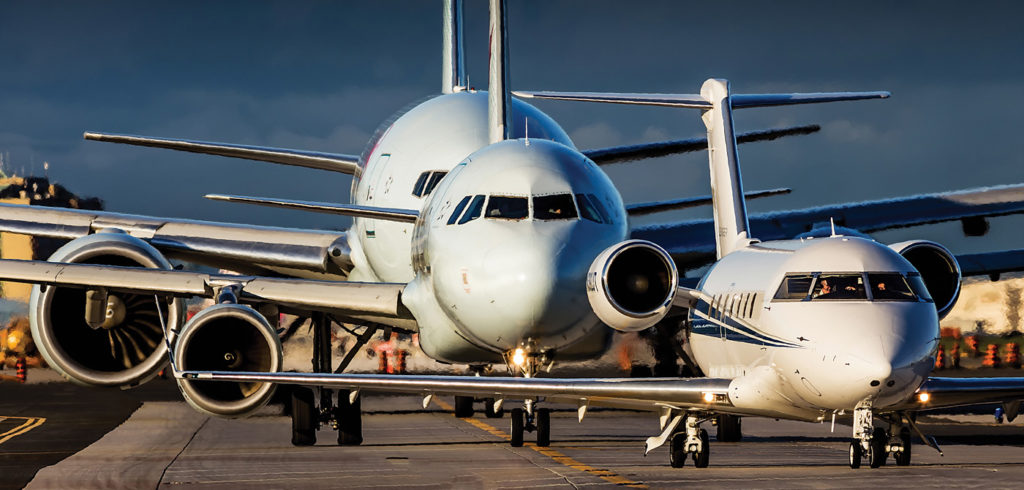Estimated reading time 4 minutes, 24 seconds.
In an effort to accelerate the production and use of sustainable aviation fuel (SAF) in Canada, the Green Aviation Research and Development Network (GARDN) has decided to redefine its mandate and lead a pan-Canadian Sustainable Aviation Fuels initiative. Its mission will be to support the supply of domestically produced SAF in every airport in Canada.
Until now, GARDN was involved in making the aerospace industry greener overall through several initiatives, including research and development, in addition to SAF.

The decision to change its mandate to deal exclusively with SAF was announced during GARDN’s virtual annual meeting on Sept. 25. It was also decided to extend its current program until March 31, 2021, from Sept. 30, 2020, due to COVID-19.
“The development of a domestic SAF industry represents significant environmental, social and economic benefits. SAF are also internationally recognized as the most viable strategy to decarbonize air travel,” said Richard Legault, GARDN’s interim executive director.
GARDN collaborated on 19 SAF-related projects in 2019-2020 with a total value of $20 million. One of its main initiatives was the completion of the BioPortYVR Feasibility Study; this study assessed the implementation of integrated SAF supply chains to distribute SAF to airlines at YVR and surrounding airports through demand centres known as BioPorts.
The study showed that the largest impact on the price gap/premium for SAF is the feedstock price (collection, treatment and transformation). The second largest influence on the price premium is British Columbia’s low carbon fuel standard credit value.
It also concluded there is an opportunity to design both federal and provincial policies to enable SAF by bridging the price premium and helping establish the business case for ongoing SAF use at Canadian airports.
“We hope to use the knowledge from the study to build efficient regional supply chains at other airports,” explained Kateryna Derkach, director, Strategy and Sustainability at GARDN.
There is very little known about the use of SAF in Canada as it continues to be a niche product, Derkach pointed out, adding that SAF has only been around for a few years.
“We don’t even have a national SAF mandate or production facilities. That is why a pan-Canadian initiative is needed. But we have to make sure we have a consistent approach.”
Despite the relatively obscure world SAF operates in, Derkach is optimistic about its future.
“It’s a difficult but innovative culture. It’s not a competitive driven culture, but a collaborative driven environment. Our goal is to strengthen the relation between the public and private sectors.”
This year, GARDN also created Nevia Community, a social media platform to foster innovation by increasing collaborations between stakeholders in the aerospace industry. The platform ensures that stakeholders have the latest news, information and resources from articles, publications and events.
Additionally, GARDN produced an internal report that highlighted its contribution to the United Nations Sustainable Development Goals. The report revealed the group contributed to 10 of the 17 UN goals, including improved innovation in green technologies, reduced air pollution through less emitting technologies, and the building of strong partnerships and addressing climate change.
The International Air Transport Association has set three goals to achieve its objective of halving net CO2 emissions by 2050. One is an average annual improvement in fuel efficiency of 1.5 per cent from 2009 to 2020. Another is a cap on net aviation CO2 emissions at 2020 levels through carbon-neutral growth. While the third goal is halving net CO2 emissions by 2050, compared to 2005 levels.
“Radical new technologies like electric propulsion aircraft and SAF are paramount to achieving that goal,” according to Derkach.








